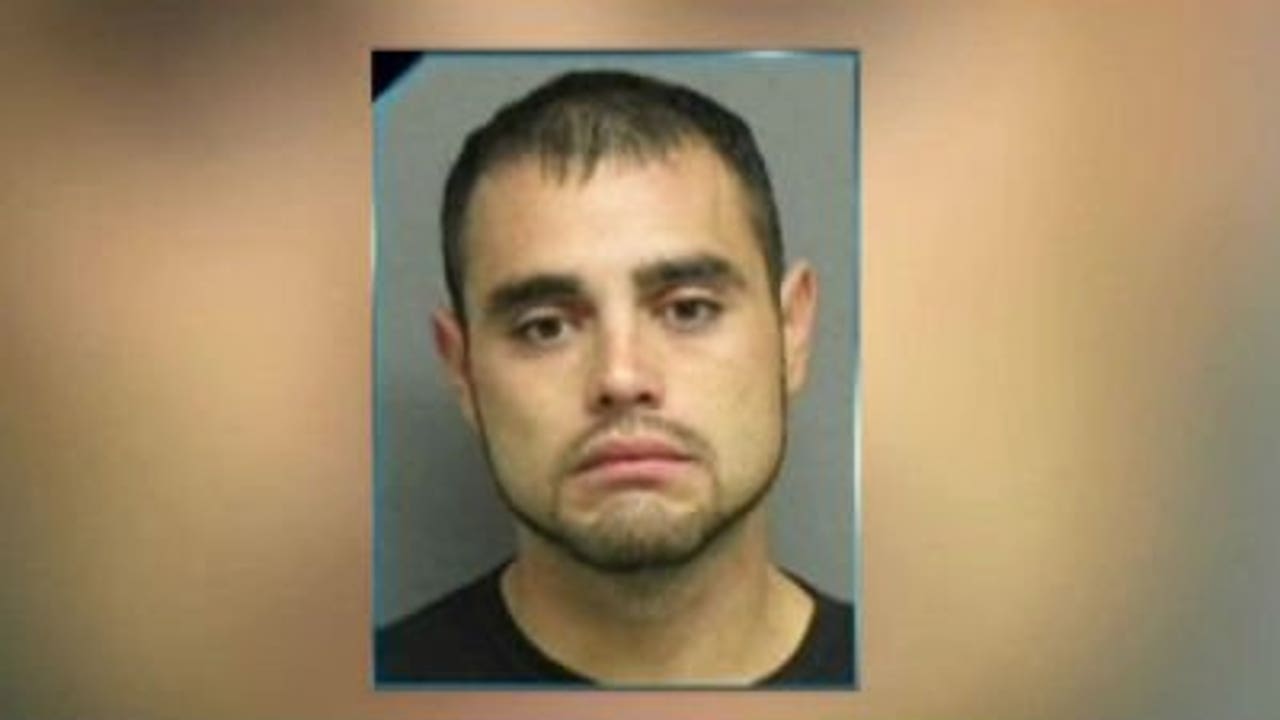Killer Escapes Jail Due To Negligence: The Untold Story
Let’s be real, folks. When you hear the phrase "killer escapes jail," your mind goes straight to action movies, right? But this isn’t Hollywood. This is real life, and it’s a lot messier than you think. Imagine waking up to the news that a dangerous criminal has slipped through the cracks of our justice system because of sheer negligence. Yeah, that’s what we’re diving into today. So buckle up because this story is about to get wild.
We’re living in an era where accountability is more important than ever. When someone with a track record of violence and destruction manages to break free from behind bars, it raises some serious questions. Who’s responsible? What went wrong? And most importantly, how do we prevent it from happening again? That’s what we’re here to unpack.
Now, before we dive deep into the nitty-gritty of this case, let’s set the stage. This isn’t just another crime story. This is about the failure of systems, the human element in security, and the ripple effects on communities. So grab your coffee, and let’s get started.
Read also:Ellen Pompeo Speaks Out On Departures From Greys Anatomy The Real Story
What Happened: A Breakdown of the Escape
Alright, let’s break it down. Picture this: a maximum-security prison, state-of-the-art surveillance, and armed guards on every corner. Sounds like an impenetrable fortress, right? Wrong. In a twist that could rival any thriller, a convicted killer managed to escape due to—get this—negligence. It wasn’t a high-tech heist or a dramatic breakout. No, this was plain old human error.
How Did It Happen?
Here’s the lowdown. The escape occurred when a routine maintenance worker left a tool kit unattended near the perimeter fence. The killer, seizing the opportunity, used the tools to cut through the fence and slip away unnoticed. It was that simple. No explosions, no helicopters, just a tool kit left lying around. The audacity of it all is mind-blowing.
Who Was the Killer?
Let’s talk about the main character in this real-life drama. The escaped convict, whose identity we’ll refer to as John Doe for legal reasons, has a rap sheet longer than your arm. Convicted of multiple counts of murder, assault, and robbery, Doe was no ordinary inmate. He was known for his cunning and resourcefulness, traits that made his escape all the more concerning.
A Quick Bio
Here’s a quick rundown of the guy:
| Name | John Doe |
|---|---|
| Age | 42 |
| Conviction | Multiple counts of murder, assault, and robbery |
| Prison Sentence | Life without parole |
| Escape Date | March 15, 2023 |
John Doe wasn’t just any prisoner. He was a ticking time bomb, and his escape has sent shockwaves through the community.
Why Negligence Matters
Negligence isn’t just a buzzword; it’s a real problem with real consequences. In this case, the failure to secure a tool kit led to a dangerous criminal being on the loose. But it’s not just about one tool kit. It’s about the systemic issues that allowed such a lapse in security to occur. From inadequate training to understaffing, there are layers of problems that need addressing.
Read also:When Queen Elizabeths Corgi Whisper Stole The Show At A Royal Meeting
The Ripple Effect
When a killer escapes due to negligence, it doesn’t just affect the prison system. It affects the entire community. Residents live in fear, law enforcement is stretched thin, and the public’s trust in the justice system is shaken. It’s a domino effect that can take years to recover from.
How Common Are These Escapes?
You might be wondering, how often does this kind of thing happen? The answer might surprise you. According to a report by the National Institute of Corrections, prison escapes due to negligence account for approximately 15% of all escape cases in the U.S. That’s a significant number, and it highlights the need for better protocols and oversight.
Statistics Don’t Lie
- 15% of prison escapes involve negligence
- 80% of escaped inmates are recaptured within 48 hours
- 20% remain at large for longer periods
These numbers paint a clear picture: negligence is a real issue, and it’s costing us more than just money. It’s costing us safety.
The Impact on Communities
When a killer escapes, the impact on the community is profound. People start to feel unsafe in their own neighborhoods. Parents worry about their kids walking home from school. Businesses see a dip in customers as people avoid certain areas. It’s a ripple effect that touches every aspect of daily life.
Community Response
Communities often respond to escapes with a mix of fear and anger. Town hall meetings are held, petitions are signed, and demands for accountability are made. But beyond the immediate reaction, there’s a deeper conversation to be had about how we can prevent these situations from happening in the first place.
What Can Be Done?
Preventing escapes due to negligence isn’t rocket science. It’s about implementing basic security measures and ensuring that everyone involved—from the guards to the maintenance staff—is trained and accountable. Here are a few steps that can make a difference:
- Regular training sessions for all staff
- Stricter protocols for tool kit management
- Increased surveillance and monitoring
- Regular audits and inspections
It’s not about pointing fingers; it’s about taking responsibility and making changes.
Legal Implications
When a killer escapes due to negligence, there are legal implications that extend beyond the immediate situation. Lawsuits are filed, investigations are launched, and reputations are tarnished. It’s a messy process that can take years to resolve.
Who’s to Blame?
Assigning blame isn’t always straightforward. Is it the maintenance worker who left the tool kit unattended? The supervisor who didn’t enforce proper protocols? Or the system that failed to provide adequate resources? The truth is, it’s probably a combination of all three.
Preventing Future Escapes
The key to preventing future escapes lies in learning from past mistakes. By analyzing what went wrong in this case and others like it, we can implement changes that make our justice system safer and more effective.
Key Takeaways
- Implement stricter security protocols
- Invest in staff training and development
- Conduct regular audits and inspections
- Engage with the community to build trust
It’s not just about catching the bad guys; it’s about ensuring they stay caught.
Killer Escapes Jail: Final Thoughts
As we wrap up this story, it’s important to remember that the escape of a killer due to negligence isn’t just a failure of one system; it’s a failure of many. From inadequate training to understaffing, there are layers of issues that need addressing. But the good news is, we can fix them. By learning from our mistakes and implementing meaningful change, we can make our communities safer for everyone.
So, what’s next? We encourage you to share this article, start conversations in your community, and demand accountability from those in charge. Because at the end of the day, it’s not just about catching the bad guys; it’s about making sure they stay behind bars where they belong.
And hey, if you’ve got thoughts, questions, or even solutions, drop them in the comments below. Let’s keep the conversation going.
Table of Contents
- What Happened: A Breakdown of the Escape
- How Did It Happen?
- Who Was the Killer?
- A Quick Bio
- Why Negligence Matters
- The Ripple Effect
- How Common Are These Escapes?
- Statistics Don’t Lie
- The Impact on Communities
- Community Response
- What Can Be Done?
- Legal Implications
- Who’s to Blame?
- Preventing Future Escapes
- Key Takeaways
- Killer Escapes Jail: Final Thoughts
Article Recommendations


